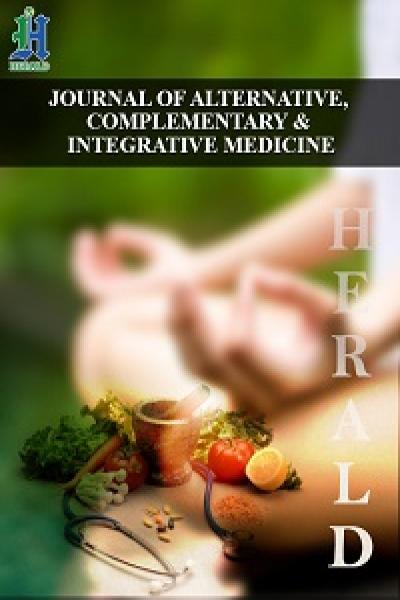
Short review for “Venlafaxine-Induced Thrombocytopenia: A Case Report and Literature Review”
*Corresponding Author(s):
Shi LijunDepartment Of Hematology, Chengdu Fifth People’s Hospital, Chengdu, China
Email:shiljn0729@163.com
In this study, we present a case involving a patient with anxiety who developed severe thrombocytopenia and subcutaneous hemorrhaging following one week of treatment with a venlafaxine-containing regimen. Drug-induced thrombocytopenia (DITP) was considered as a diagnosis after excluding other secondary causes. Notably, the patient's platelet count returned to normal following treatment with glucocorticoids in combination with recombinant human thrombopoietin. Subsequently, anti-anxiety medication excluding venlafaxine was administered to continue the patient's treatment.
Venlafaxine is classified within the category of serotonin (5-HT) and noradrenaline (NA) reuptake inhibitors (SNRIs), which are frequently prescribed for the treatment of depression, anxiety, and various other psychiatric disorders [1]. Although venlafaxine is rarely associated with Drug-Induced Thrombocytopenia (DITP), potential mechanisms have been proposed [2-6]. One proposed mechanism involves the direct antagonism of the serotonin transporter, which inhibits platelet aggregation and subsequently reduces serotonin levels within platelets. Another proposed mechanism involves the mediation of platelet count reduction by drug-dependent antibodies.
The existing guidelines for platelet monitoring in the drug instructions are evidently insufficient. Instances of platelet reduction induced by venlafaxine have highlighted systemic deficiencies in the safety monitoring protocols for psychiatric medications. In the context of precision medicine, the platelet reduction linked to venlafaxine serves as a reminder that even well-established drugs may harbor complexities that remain incompletely understood. Achieving an optimal balance between the benefits and risks of antidepressant therapy necessitates ongoing pharmacological research, stringent clinical monitoring, and open interdisciplinary communication.
References
- Danese E, Montagnana M, Favaloro EJ, Lippi G (2020) Drug-induced thrombocytopenia : mechanisms and laboratory diagnostics. Semin Thromb Hemost 46: 264-274.
- Simon XL, Mykola P, Levon MK (2010) Drug-induced thrombocytopenia: development of a novel NOD/SCID mouse model to evaluate clearance of circulating platelets by drug-dependent antibodies and the efficacy of IVIG. Blood 116: 1958-1960.
- Mawardi G, Markman TM, Muslem R, Sobhanian M, Converse M, et al. (2020) SSRI/SNRI Therapy is Associated With a Higher Risk of Gastrointestinal Bleeding in LVAD Patients. Heart Lung Circ 29: 1241-1246.
- Erduran E, Aslan Y, Gedik Y, Orhan F (2003) A randomized and comparative study of intravenous immunoglobulin and mega dose methylprednisolone treatments in children with acute idiopathic thrombocytopenic purpura. Turk J Pediatr 4: 295-300.
- Halperin D, Reber G (2007) Influence of antidepressants on hemostasis. Dialogues Clin Neuro Sci 9: 47-59.
- Skop BP, Brown TM (1996) Potential vascular and bleeding complications of treatment with selective serotonin reuptake inhibitors. Psychosomatics 37: 12-16.
Citation: Lijun S, Zhongrui M, Li W, Lei F, Wei J, et al. (2025) Short review for “Venlafaxine-Induced Thrombocytopenia: A Case Report and Literature Review”. HSOA J Altern Complement Integr Med 11: 635.
Copyright: © 2025 Shi Lijun, et al. This is an open-access article distributed under the terms of the Creative Commons Attribution License, which permits unrestricted use, distribution, and reproduction in any medium, provided the original author and source are credited.

